Taiwan yesterday shut down the No. 1 reactor of its only active nuclear plant, poised to become the first non-nuclear country in East Asia after the last reactor’s license expires in May next year.
The closure of the No. 1 reactor at the Ma-anshan Nuclear Power Plant in Pingtung County’s Ma-anshan (馬鞍山) comes amid a continuing debate among lawmakers about whether to extend the service life of the nation’s existing atomic energy facilities.
Before the closing of the No. 1 reactor, nuclear power accounted for about 5 percent of the nation’s energy use, which is dominated by coal and liquefied natural gas (LNG).
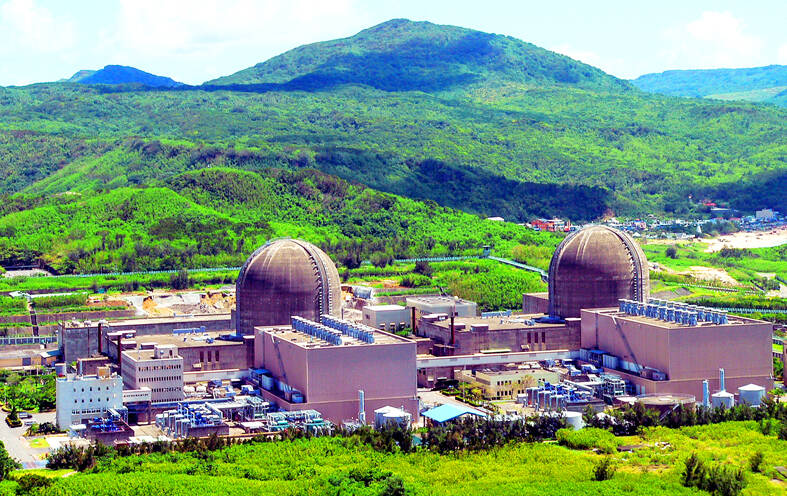
Photo courtesy of the Taiwan Power Co
The state-run Taiwan Power Co (Taipower, 台電) yesterday said that with the closure of the No. 1 reactor, the total percentage of power generated by nuclear sources would fall to 2.8 percent.
To assuage public concern regarding power stability, the Ministry of Economic Affairs said it has negotiated with Sun Ba Power Corp (森霸電力) to use the power generated from its No. 3 LNG unit to buttress the power generation shortfall.
The unit can generate 1,100 megawatts, which is greater than the 951 megawatts put out by the Ma-anshan Nuclear Power Plant’s No. 1 reactor, the ministry said.
However, phasing out nuclear power generation and replacing it with LNG would bring other challenges regarding power prices and carbon emissions, industry observers said.
Energy security is a critical issue in Taiwan and its chipmaking industry, led by Taiwan Semiconductor Manufacturing Co (台積電).
The issue has taken on added importance as Beijing exerts more pressure on Taipei.
The tensions are stoking concerns that China could potentially limit Taiwan’s energy supplies through a military blockade.
The 2011 meltdown at the Fukushima Dai-ichi nuclear power plant in Japan helped turn popular opinion in Taiwan against the industry.
The government said it would not rule out boosting nuclear power’s share of the energy mix, but said the technology needs to improve.
The last reactor at the Ma-anshan Nuclear Power Plant is set to close in May next year. Both it and the No. 1 reactor’s closing are planned retirements after about 40 years of use.
The moves buck a global trend of renewed interest in nuclear energy, which produces no greenhouse gas emissions, but results in toxic waste that can remain radioactive for millennia.
Lawmakers this month debated for hours over whether to reverse course on the government’s plan to completely phase out nuclear power, although no vote was taken.
The use of nuclear energy has long been a source of contention between the ruling and opposition parties.
When the Democratic Progressive Party took office in 2016, then-president Tsai Ing-wen (蔡英文) said her goal was to make Taiwan nuclear-free by next year, setting a target energy mix of 50 percent natural gas, 30 percent coal and 20 percent renewables.
Opposition parties have advocated restarting nuclear reactors.
Taiwan now expects renewable energy to comprise one-quarter of its energy mix by 2030, up from about 12 percent this year.
Power consumption is forecast to grow by an average of 2.8 percent a year through 2033, driven by the artificial intelligence sector.
While Taiwan has a surplus of electricity, according to Premier Cho Jung-tai (卓榮泰), that growth could crimp the excess supply in the years ahead.
Additional reporting by Lin Chin-hua
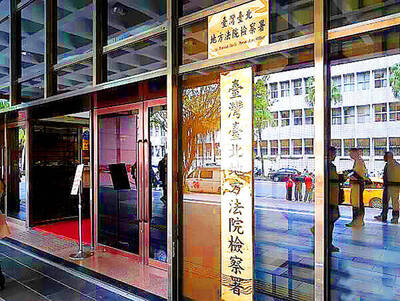
INVESTIGATION: The case is the latest instance of a DPP figure being implicated in an espionage network accused of allegedly leaking information to Chinese intelligence Democratic Progressive Party (DPP) member Ho Jen-chieh (何仁傑) was detained and held incommunicado yesterday on suspicion of spying for China during his tenure as assistant to then-minister of foreign affairs Joseph Wu (吳釗燮). The Taipei District Prosecutors’ Office said Ho was implicated during its investigation into alleged spying activities by former Presidential Office consultant Wu Shang-yu (吳尚雨). Prosecutors said there is reason to believe Ho breached the National Security Act (國家安全法) by leaking classified Ministry of Foreign Affairs information to Chinese intelligence. Following interrogation, prosecutors petitioned the Taipei District Court to detain Ho, citing concerns over potential collusion or tampering of evidence. The
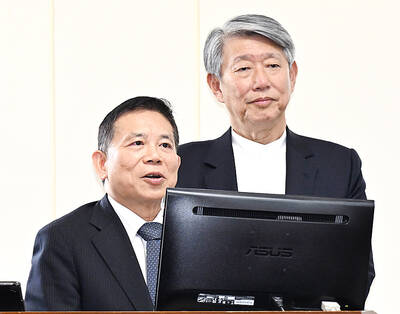
NEGOTIATIONS: Taiwan has good relations with Washington and the outlook for the negotiations looks promising, Minister of Economic Affairs J.W. Kuo said Taiwan’s GDP growth this year is expected to decrease by 0.43 to 1.61 percentage points due to the effects of US tariffs, National Development Council (NDC) Minister Paul Liu (劉鏡清) said at a meeting of the legislature’s Economics Committee in Taipei yesterday, citing a preliminary estimate by a private research institution. Taiwan’s economy would be significantly affected by the 32 percent “reciprocal” tariffs slapped by the US, which took effect yesterday, Liu said, adding that GDP growth could fall below 3 percent and potentially even dip below 2 percent to 1.53 percent this year. The council has commissioned another institution
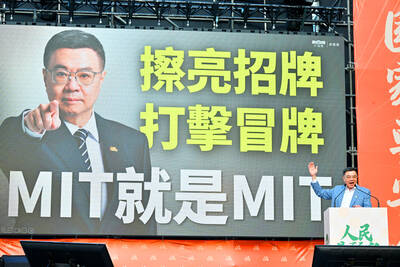
TRADE: The premier pledged safeguards on ‘Made in Taiwan’ labeling, anti-dumping measures and stricter export controls to strengthen its position in trade talks Products labeled “made in Taiwan” must be genuinely made in Taiwan, Premier Cho Jung-tai (卓榮泰) said yesterday, vowing to enforce strict safeguards against “origin laundering” and initiate anti-dumping investigations to prevent China dumping its products in Taiwan. Cho made the remarks in a discussion session with representatives from industries in Kaohsiung. In response to the US government’s recent announcement of “reciprocal” tariffs on its trading partners, President William Lai (賴清德) and Cho last week began a series of consultations with industry leaders nationwide to gather feedback and address concerns. Taiwanese and US officials held a videoconference on Friday evening to discuss the
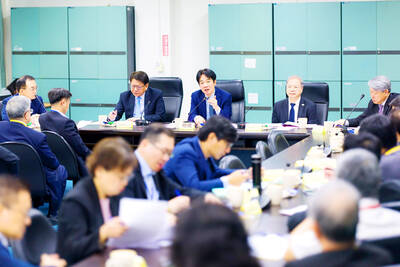
NEGOTIATIONS: The US response to the countermeasures and plans Taiwan presented has been positive, including boosting procurement and investment, the president said Taiwan is included in the first group for trade negotiations with the US, President William Lai (賴清德) said yesterday, as he seeks to shield Taiwanese exporters from a 32 percent tariff. In Washington, US Trade Representative Jamieson Greer said in an interview on Fox News on Thursday that he would speak to his Taiwanese and Israeli counterparts yesterday about tariffs after holding a long discussion with the Vietnamese earlier. US President Donald Trump on Wednesday postponed punishing levies on multiple trade partners, including Taiwan, for three months after trillions of US dollars were wiped off global markets. He has maintained a 10 percent